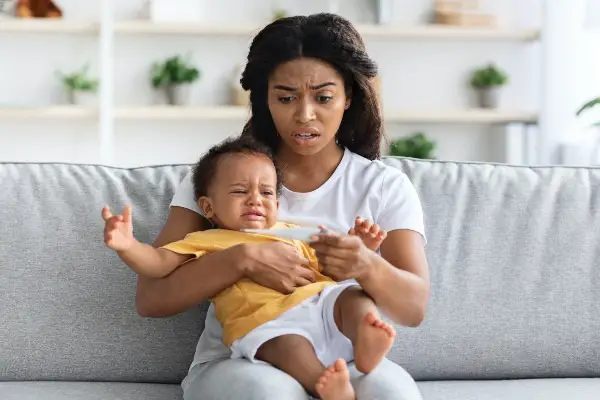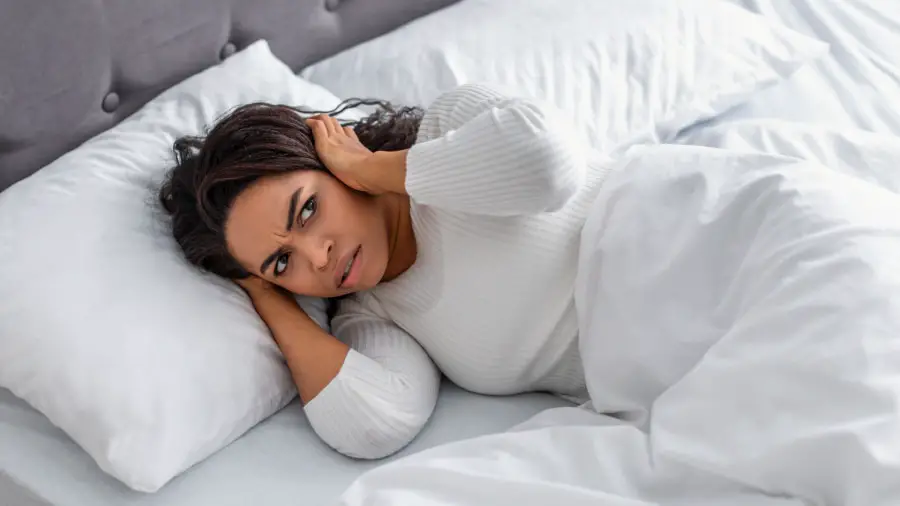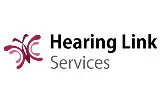Introduction
In the journey of caring for someone with conductive hearing loss, it’s comforting to find pieces of their experience echoed in media, literature, and the arts. The portrayal of this condition in various forms of storytelling plays a significant role in shaping societal perceptions and contributing to discourse on inclusion. Art, in all its forms, offers a powerful medium for dialogue, expression, and advocacy.
In this analytical exploration, we delve into the presence and impact of conductive hearing loss in film and television, literature, music, and visual arts. We examine the stories of inspiring individuals who, despite their hearing loss, have made significant strides in their respective fields. Our aim is to understand the current landscape, to applaud inclusivity, and to identify areas for improvement.
By highlighting and discussing the representation of conductive hearing loss in the public sphere, we contribute to an ongoing conversation about accessibility, acceptance, and equality. As caregivers and advocates, our role extends beyond providing personal support. We also serve as catalysts for wider social change.
In the following sections, we invite you to journey with us through the different facets of society and culture where conductive hearing loss has made an impact, changed perceptions, and continues to inspire.
Portrayal of Conductive Hearing Loss in Film and Television
Representation matters, and the film and television industry plays a pivotal role in how society perceives different experiences, including conductive hearing loss. Though historically underrepresented, characters with hearing loss are gradually making their way onto the screen, helping to raise awareness and foster empathy.
In recent years, there has been a shift towards more authentic and respectful portrayals. The short film “The Silent Child,” which won the 2018 Academy Award for Best Live Action Short Film, is one such example. It depicts the life of a young deaf girl and highlights the importance of communication access in education, providing a poignant and realistic portrayal of the challenges faced by individuals with hearing loss.
AMZ-Lexie Lumen Self-Fitting OTC Hearing Aids
Experience the Ultimate Sound Quality with Lexie Lumen self-fitting OTC hearing aids. These remarkable devices utilize dual microphones to deliver crystal clear sound, immersing you in a world of auditory excellence. Say goodbye to communication struggles in public spaces or on phone calls, as our Telecoil functionality directs speech directly to your hearing aids via an induction loop system. Rediscover the joy of hearing with unmatched clarity and precision.
Embrace an Active Lifestyle with Lexie Lumen hearing aids. Our cutting-edge sweatproof technology, including Nano coating, safeguards against moisture damage, allowing you to wear your hearing aids during outdoor activities like walks, runs, and open-air events. With Lexie, you can live life to the fullest without compromising on the quality or lifespan of your devices. Don’t let hearing loss hold you back—experience the freedom of superior hearing with Lexie Lumen self-fitting OTC hearing aids.
Inclusive Storytelling Books Featuring Characters with Conductive Hearing Loss
Literature can offer a mirror for those with conductive hearing loss, reflecting their experiences and validating their struggles. Inclusive storytelling involves crafting narratives that feature diverse characters, including those with hearing loss. Notable examples include Cece Bell’s “El Deafo,” a graphic novel based on the author’s own experiences with hearing loss. This book offers a relatable, engaging, and insightful portrayal of the protagonist’s journey with her hearing aid.
However, there is still room for improvement. The literary world needs more stories featuring characters with conductive hearing loss, not just as a plot device, but as complex, multidimensional individuals. Such narratives can contribute significantly to dispelling misconceptions and fostering understanding.
QUIZ - SYMPTOMS OF HEARING LOSS
Artists with Conductive Hearing Loss Inspiring Stories
Artists with conductive hearing loss often draw from their unique experiences to create deeply personal and inspiring work. For example, the renowned artist Francisco Goya, despite becoming almost completely deaf in his later life, continued to produce impactful artwork. His condition greatly influenced his style, leading to more somber and introspective pieces.
These inspiring stories underscore the potential for adversity to fuel creativity. They remind us that conductive hearing loss, while presenting certain challenges, does not limit one’s ability to create, inspire, and make a meaningful contribution to the world.
The Influence of Conductive Hearing Loss on Music Composition
Music, often considered the universal language, holds a unique place within the spectrum of artistic expression. Famous composers, such as Ludwig van Beethoven, experienced hearing loss yet continued to compose music that continues to move audiences worldwide. Beethoven’s experience with progressive hearing loss significantly influenced his work, leading to compositions that reflected his internal struggle and resilience.
The experiences of individuals with conductive hearing loss can bring a unique perspective to music composition. It’s a testament to the power of human creativity and resilience, as these musicians find alternative ways to connect with and contribute to the musical world.
Advocacy Through Art Raising Awareness of Conductive Hearing Loss
Art can be a powerful vehicle for advocacy. By highlighting the experiences of those with conductive hearing loss, artists can draw attention to the challenges these individuals face and promote understanding. A noteworthy example is the De’VIA (Deaf View/Image Art) movement, which encourages the expression of deaf experiences through visual art.
De’VIA and similar initiatives remind us of art’s capacity to illuminate lived experiences, fostering empathy and understanding. By advocating through art, we can raise awareness of conductive hearing loss, promote social change, and help to create a more inclusive society.
Conclusion
Art and media have immense power in shaping societal attitudes and fostering understanding. As we explore the portrayal of conductive hearing loss in film, television, literature, and music, it’s heartening to witness the progress made towards inclusivity and representation. Nevertheless, there is still work to be done.
Recognizing and addressing the underrepresentation and misrepresentation of conductive hearing loss in media and arts is a collective responsibility. As caregivers, we can contribute to this dialogue, challenge stereotypes, and promote stories that resonate with our loved ones’ experiences.
Inspiring stories of artists with conductive hearing loss serve as powerful reminders of the potential within each individual. They encourage us to perceive this condition not as a limitation, but as a unique lens through which to view and engage with the world.
The transformative power of art offers a unique avenue for advocacy. Through film, books, music, and visual arts, we can tell the stories that need to be heard, raise awareness, and contribute to building a society that values inclusivity and respects diversity.
Ultimately, each portrayal of conductive hearing loss, each story told, and each piece of art created brings us one step closer to a world that understands, accepts, and celebrates individuals with conductive hearing loss.

Untold Stories from the Frontline of Conductive Hearing Loss
Navigating conductive hearing loss? Gain unique insights from the frontline professionals – audiologists, otologists, psychologists, speech therapists, and ENT specialists, as they share their day-to-day experiences.

Untold Stories from the Frontline of Conductive Hearing Loss
Navigating conductive hearing loss? Gain unique insights from the frontline professionals – audiologists, otologists, psychologists, speech therapists, and ENT specialists, as they share their day-to-day experiences.
REFERENCES
Hearing Link
A UK-based hearing loss organization offering information and support to individuals and families, including resources on conductive hearing loss.






